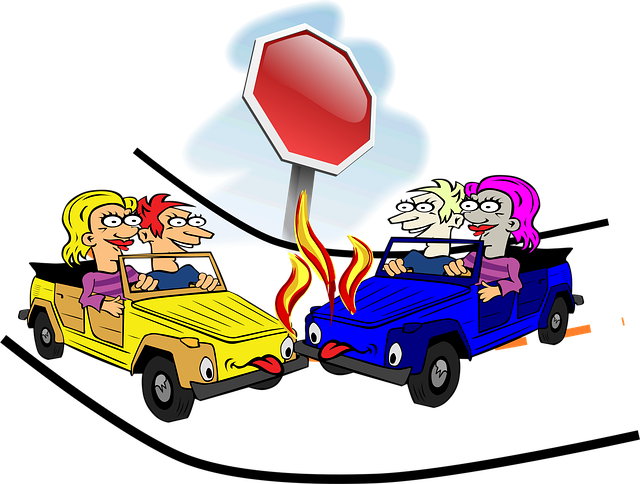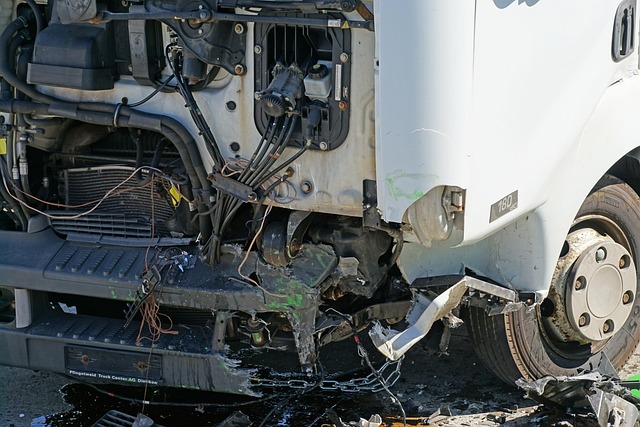Car insurance is a vital safety net for vehicle owners, offering financial protection against accidents and unforeseen events. Key coverages include comprehensive, collision, and liability, catering to diverse needs. Establishing liability is critical in the claims process, with drivers' behaviors influencing fault assessment. Car insurance mitigates post-accident costs like medical bills and property damage, providing peace of mind. No-Fault Insurance ensures medical care and compensation regardless of fault, streamlining processes and promoting responsible driving. After an accident, initiate a claim by exchanging info, documenting the incident, and contacting your insurer. Understand policy exclusions and limitations to know what's covered and what responsibilities you carry.
In the event of a car accident, understanding your Car Insurance coverage is crucial for navigating post-collision claims. This comprehensive guide breaks down the essentials, from deciphering insurance basics and types of coverage to determining liability and compensating costs, including medical bills and property damage. We explore the role of no-fault insurance and provide a step-by-step process for filing a claim, along with insights into common exclusions and limitations in car insurance policies.
Understanding Car Insurance: Basics and Types of Coverage

Car insurance is a safety net that protects individuals and their vehicles in case of accidents or other unforeseen events. Understanding the basics and different types of coverage is crucial when navigating this essential aspect of vehicle ownership. At its core, car insurance provides financial compensation for damages resulting from car-related incidents, including medical expenses, property damage, and liability for any harm caused to others.
There are several types of car insurance policies designed to cater to diverse needs. These include comprehensive coverage, which protects against a wide range of events like theft, natural disasters, and vandalism; collision coverage, meant to cover damages resulting from accidents involving another vehicle or stationary object; and liability coverage, which is critical as it shields policyholders from significant financial burdens arising from causing harm to others or their property. Knowing these options enables informed decisions when choosing a car insurance plan.
Who is Liable in a Car Accident? Determining Responsibility

In the event of a car accident, establishing liability is a crucial step in the claims process. Determining who is liable depends on a variety of factors, including negligence and adherence to traffic laws. When two or more parties are involved, understanding their respective responsibilities under car insurance policies becomes essential. Each driver’s behavior before, during, and after the collision plays a significant role in assessing fault.
Negligence is often the primary factor in car accident cases. This includes actions like speeding, running red lights, or distracted driving. If a driver’s conduct falls below the expected standard of care, they may be considered liable. Car insurance policies typically cover losses incurred due to negligence, with liability coverage protecting against claims from injured parties. It’s vital for drivers to be aware of their policy limits and understand how their behavior can impact their financial protection in the event of an accident.
Compensating Costs: Medical Bills, Property Damage, and More

In the aftermath of a car accident, individuals often face significant financial burdens due to various costs associated with the incident. One of the primary concerns is compensating for medical bills, which can include emergency room treatments, hospital stays, and ongoing care. Car insurance plays a crucial role in ensuring that policyholders receive the necessary coverage for these expenses, helping them navigate the financial complexities without additional stress.
Additionally, property damage is another significant cost associated with car accidents. This may involve repairs or replacements for damaged vehicles, as well as other personal belongings affected during the incident. Again, car insurance steps in to help cover these expenses, providing peace of mind and ensuring individuals are not left with a substantial financial burden.
No-Fault Insurance: A Key Player in Post-Accident Claims

No-Fault Insurance plays a pivotal role in streamlining post-accident claims processes, particularly in regions where it’s mandated by law. This type of car insurance is designed to provide coverage for medical expenses and other damages incurred in a crash, regardless of fault. When involved in an accident, policyholders can file a claim with their no-fault insurer, which will cover eligible expenses up to the limits specified in their policy. This system promotes efficiency by reducing the need for lengthy fault determinations, ensuring that victims receive necessary care and compensation faster.
No-Fault Insurance also offers benefits beyond immediate claims settlement. By covering losses regardless of who’s at fault, it encourages drivers to prioritize safety measures and responsible driving behaviors, aiming to reduce the frequency and severity of accidents in the long run. This balance between compensating victims and promoting safe driving makes No-Fault Insurance a cornerstone of many states’ car insurance requirements.
Filing an Insurance Claim: Steps to Take After a Collision

After a car accident, the first step is to ensure everyone’s safety and call emergency services if needed. Once the immediate situation is under control, here’s what you should do next regarding your car insurance claim. Begin by exchanging information with the other driver involved, including their name, contact details, insurance provider, and policy number. Document the incident by taking photos of the vehicles, the accident scene, and any visible damage. Collect statements from witnesses if present.
Next, report the collision to your car insurance company as soon as possible. Most providers have a 24/7 claims line or an online portal for filing claims. Be prepared with the details gathered earlier, such as the other driver’s information and photo evidence. Your insurance company will guide you through the rest of the process, which typically involves providing a detailed account of the accident, assessing the damage, and arranging repairs or replacements.
Common Exclusions and Limitations in Car Insurance Policies

Car insurance policies, while designed to offer financial protection in case of accidents, often come with certain exclusions and limitations. These are stipulations that determine what is covered and what is not. Common exclusions include incidents involving drunk driving or other forms of gross negligence, as well as accidents occurring while the policyholder was operating an uninsured vehicle.
Additionally, many policies have limitations on the type and extent of coverage. For example, liability coverage typically caps the amount an insurer will pay for damages, while collision coverage may not cover certain types of damage like wear and tear or mechanical failures. Understanding these exclusions and limitations is crucial as it ensures policyholders know what they are insured against and what responsibilities they bear.
